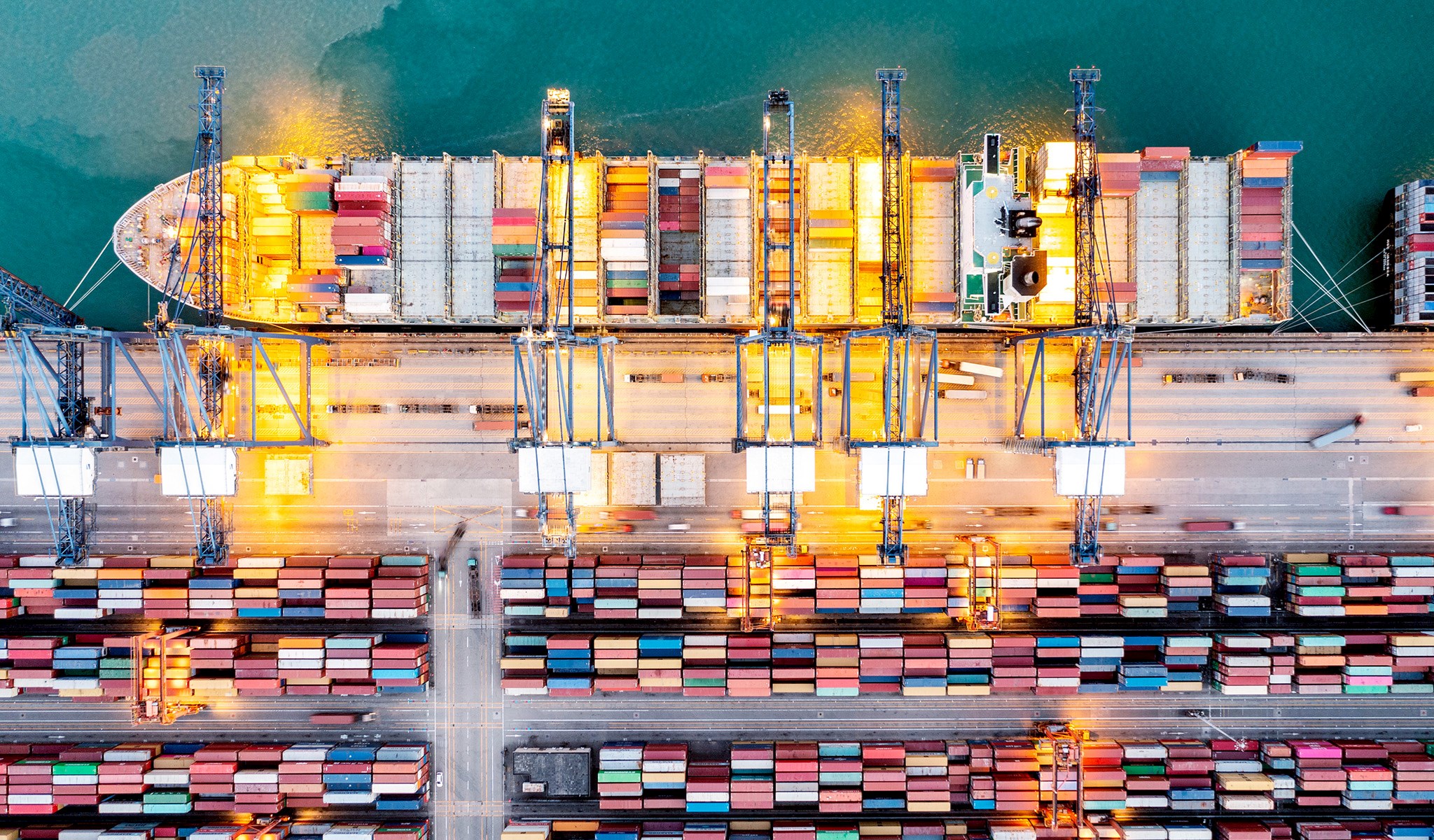Tariffs have long served as an economic instrument, evolving from a means of generating revenue for sovereigns to a modern strategy for stimulating domestic prosperity. As policymakers across the globe grapple with globalization and economic competitiveness, tariffs seem to have a significant impact on producers, consumers, and investors. But are they the right solution?
Hugo Scott-Gall, partner, portfolio manager, and head of the global equity team, and Olga Bitel, partner, global strategist, touch on the theory of competitive advantage, tariff implications, and compelling growth opportunities in Europe and China in a recent episode of William Blair Investment Management’s podcast, The Active Share.

Coming Back in Vogue
Historically, tariffs raised government revenue, accounting for most of the U.S. Treasury’s income until the early 20th century. Today, their role has shifted to protecting domestic constituencies while raising revenue to pay for policies an administration would like to implement. Bitel noted that tariffs may not be the most effective macroeconomic policy tool.
“To raise the amount of money necessary for a modern government to function, the economic distortions that tariffs bring are too large relative to the benefits of revenue raising,” Bitel said. “They’ve come back in vogue as a pushback against globalization and the perceived grievances of lost competitiveness.”
When tariffs are increased on foreign producers, domestic producers often adjust prices to just below the rate of the new tariff price. Higher prices will then affect the purchasing power of domestic consumers, which can ultimately result in marginal to significant demand destruction.
Purchasing power, or the amount of goods and services that can be bought, helps demonstrate how much value a country’s currency has regarding what it can purchase. If a country sees a reduction in purchasing power and wages, imposing tariffs becomes an attractive means to remedy this situation. To Bitel, however, the real focus should be on what we can do to incentivize growth.
“You want more competition in industries and sectors, not just from international producers, but within your country from domestic producers,” Bitel said. “A richer supply chain across all goods and services incentivizes innovation that then forces companies to invest.”
The Silver Lining
What are other countries doing to mitigate the negative impact of tariffs on their economies? Bitel described that those with the financial resources and administrative capability to improve the functions of their domestic economies would choose to do so. To her, this may have a positive effect on global growth.
These economies need to demonstrate that they’re capable of delivering changes…It could be a lasting tailwind outside of the U.S.
– Olga Bitel, Partner, Global Strategist
The three main demand centers are the U.S., Europe, and China. Europeans have embarked on building a common, single market. Export growth in Europe is strong because domestic demand has been so weak—companies are looking to offset slower sales at home by selling more abroad. Due to U.S. protectionism, Europe could react by opening up its economy more to balance the scales. One trend Bitel highlighted was the European Union focusing more on energy infrastructure, banking unions, and collective resources in capital markets; there may be more growth emanating from European domestic companies and exporters.
Post-COVID-19, China suffered from a dramatic decrease in its consumption, and purchasing power today is 70%-80% of what it was five years ago. Despite that, this could lead to prospects if we see incentives, such as properties offered at lower mortgage rates or new incentives for durable goods purchases. Fundamentally, domestic private companies could have more support at both a local and policy level. If growth differentials compress and Europe and Asia can improve their growth rates, we may see stronger global growth, despite a slowdown in the U.S.
“If there is a silver lining here, it’s a big one,” Bitel said. “These economies need to demonstrate that they’re capable of delivering changes. If they do, we’ll likely see stronger domestic growth in China, as well as domestic investment and European consumption. It could be a lasting tailwind outside of the U.S.”
In the future, there may be signs that global economies are focusing more on sustainable, structural growth and deciding how to best improve their policy mix to enable the private sector to resume growing.
Requiring Resources and Growth
Looking ahead, Bitel expects growth to decelerate meaningfully in the U.S., and exporters from other countries will see reduced U.S. demand for their goods.
“While these trends tend to play out over very long periods, we’re likely to see a reduction in domestic demand with more volatile inflation over the next six to 12 months,” Bitel said. “As we’ve learned, these effects can last several years, and with respect to the economy, several years can feel like a lifetime.”
While tariffs may offer an illusion of quick fixes, Bitel argued the real answers lie in raising productivity, enabling private sectors to thrive, and finding better trading efficiencies.
“How do we produce more with less?” Bitel asked. “How do we allow for better purchasing power and better living standards? How do we raise the educational attainment of our population? These are real questions that demand resources and underpin that we require growth to answer these questions.”



